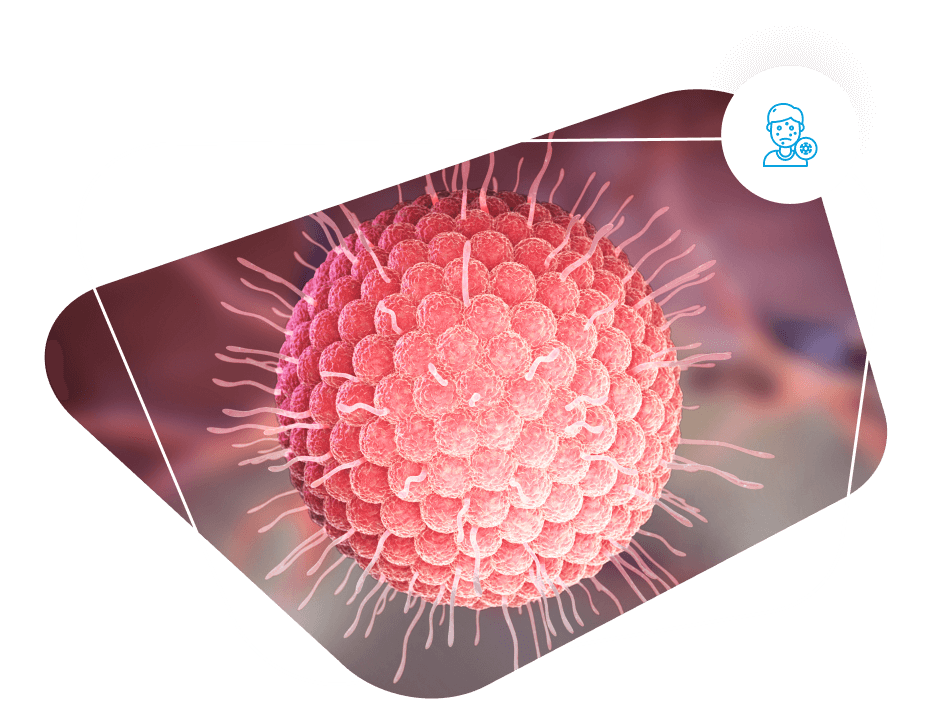Varicella, also known as Chickenpox, is an acute, highly contagious disease caused by the varicella-zoster virus (VZV), a member of the herpesvirus family, which only infects humans.
Although the varicella vaccine has reduced the frequency of chickenpox, the virus has not been eradicated. Chickenpox outbreaks continue to occur even in schools where most children are vaccinated.
VZV transmission occurs via droplets, aerosols, or direct contact with respiratory secretions and almost always produces clinical disease in susceptible individuals.
In healthy children, chickenpox is generally mild, with an itchy rash, malaise, and fever for 2 to 3 days.
Following the initial infection, which causes the development of Chickenpox, the virus remains latent in the nervous system. In about 10-20% of cases, it is reactivated to cause Shingles (also known as Herpes zoster), generally in persons over 50 or immunocompromised individuals.
Varicella infection is likely to be severe in high-risk patients. These patients receive post-exposure prophylaxis treatment to prevent or reduce disease severity.
The patient groups at high risk for severe varicella and complications are:
